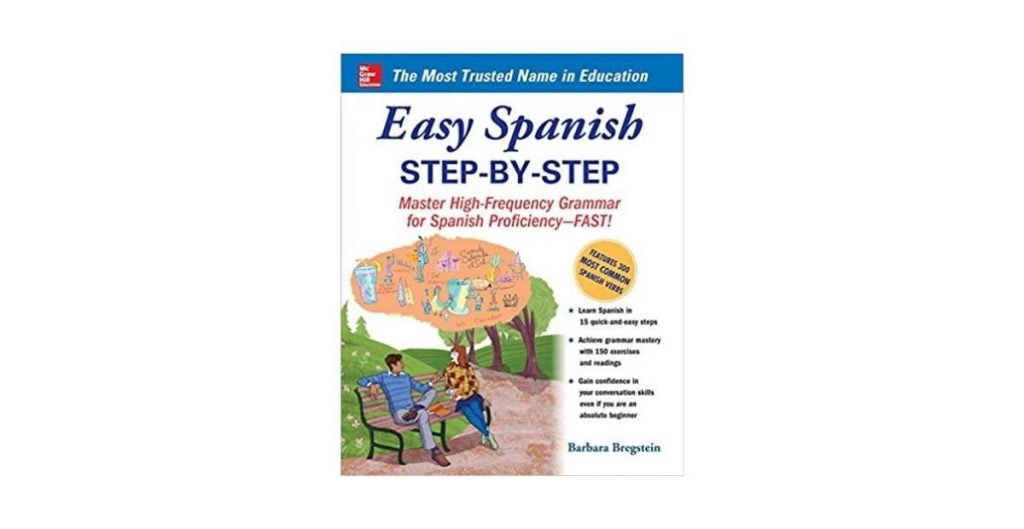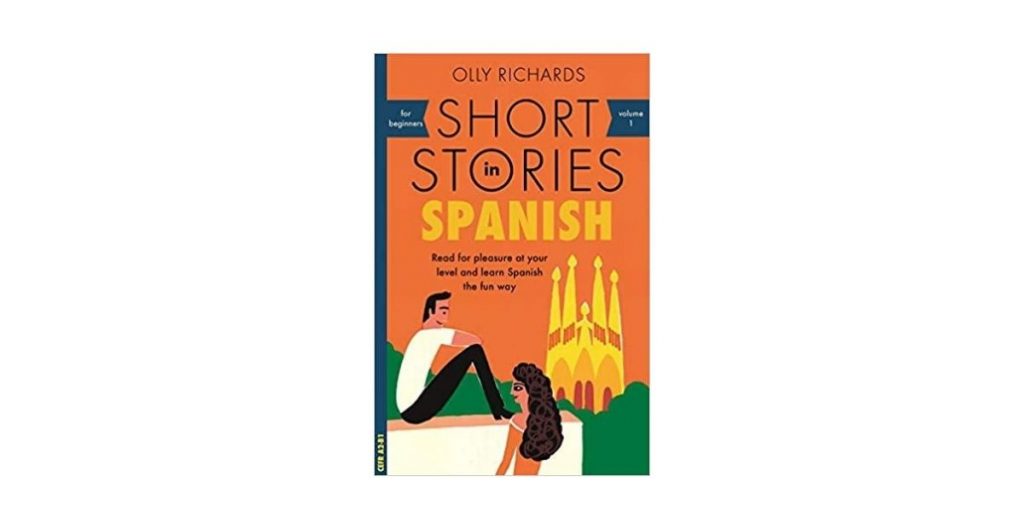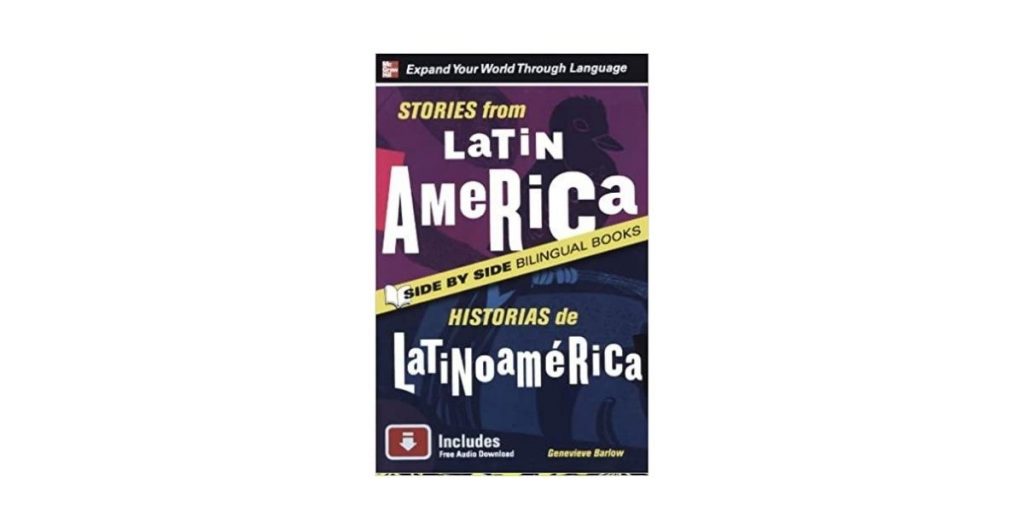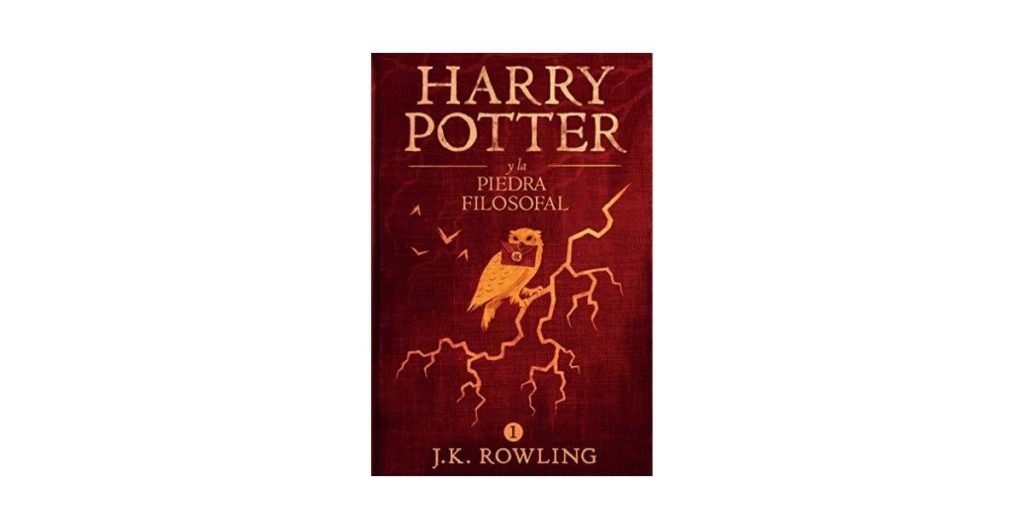Have you just started to learn Spanish and it seems like a struggle?
Or perhaps you’ve studied Spanish for a while but you still have gaps in your grammar and vocabulary?
Are verb conjugations giving you a headache?
Do you still get confused by SER and ESTAR?
Are you looking for a way to organize your grammar, learn more vocabulary and practise Spanish in a real-life context?
Look no further. I have a perfect solution for your language problems.
BOOKS.
Yes, you’ve read correctly. Today we’re talking about Spanish books for beginners.
Books are a very useful tool when it comes to learning a foreign language and I always recommend them to my students.
The books that I would like to suggest today are divided in three categories: grammar books, short-stories and fiction books.
Let me show you how you can benefit from all of them. Especially if your level of Spanish is still quite basic.
Grammar books
Don´t be put off by the G-word.
I realize – not everyone likes grammar.
I feel your pain and trust me, I’ve heard all sorts of complaints about Spanish grammar being difficult, boring, confusing – you name it.
But the good news is – it doesn’t have to be such a pain in the neck, as long as you choose the right grammar book.
So, what makes a good grammar book?
- Clear and easy to understand explanations
- tips for practical use
- examples
- exercises with increasing level of difficulty
- keycheck
Here are 2 Spanish grammar books for beginners that have worked the best with my students.
1. Easy Spanish Step-By-Step

Preview the book: Amazon
Written by a Spanish instructor with over 30 years of experience, this grammar book is – in my humble opinion – one of the best picks available on the market.
It introduces grammar concepts and vocabulary in order of importance and frequency of use, which helps lay solid foundations and build on them.
The book is targeted at A1 – A2 level students of Spanish and is one of the bestselling and highest evaluated Spanish grammar books on Amazon.
The step-by-step approach imitates the most natural way of acquiring a new language and allows to advance without any major gaps.
My students absolutely love this book and praise it for easy explanations, efficient practical exercises and short readings at the end of each chapter that help them put the new content in use.
Last but not least: this book is a real bible when it comes to its content. It covers virtually every aspect of grammar that is necessary to start building sentences in this language. Verb tenses, adjectives, pronouns, adverbs – it has it all.
How can this book help you with Spanish?
🇪🇸 Test Your Spanish Knowledge 🇪🇸
- clarify basic grammar concepts
- give you a chance to practice
- guide you from really basic to more advanced structures
2. Spanish For Dummies

Preview the book: Amazon
We all love the “For Dummies” books, don’t we?
They are just a perfect salvation when everything else fails.
This grammar book is another item to add to your collection of Spanish books for beginners and a great choice if you are learning Latin American Spanish.
It is a hands-on guide that will allow you to quickly learn basic grammar structures and build enough vocabulary to survive a business trip or a summer vacation in a Spanish speaking country.
Spanish for Dummies is a perfect pick when you are a true beginner and need to learn simple greetings, most common verbs, questions to ask in a restaurant, in a hotel or in a store.
It offers examples of short small talk dialogues that are practical and easy to learn.
How can this book help you with Spanish?
- quickly learn basic grammar and vocabulary
- find ready-to-use examples
- check the dictionary of basic words and expressions at the end of the book
- CD with over 30 conversations to reinforce your listening comprehension skills
Short stories
Another great way to improve your Spanish skills is to read an actual book in Spanish.
Wait, a book? But I don’t know enough Spanish to read a book!
Relax, I am not going to recommend reading Don Quijote in its original version 😉
But there are books you can still read, even if you are only beginning to learn Spanish.
An excellent choice are dual-language selections of short stories.
My students absolutely love them and I’m sure you will too.
In these books you have the same story in Spanish and in English, one version next the other, on the opposite page. When you open the book, you can easily see and compare both versions at the same time.
Each story comes with a glossary to help you understand the most challenging words and there is a set of questions to check how well you grasped the whole context.
Here are the best three choices, IMHO:
3. Short Stories in Spanish for Beginners

Preview the book: Amazon
This book has been written for A2-B1 level students and contains 8 stories of different genres to help you learn Spanish in an entertaining way, very different from a classroom experience.
Did you know that people learn a foreign language much faster when they are having fun? It is a scientifically-proven fact, so do take that into consideration.
What makes this book a really useful tool to learn Spanish are:
- A glossary for bolded words in each text
- A bilingual word list
- Full plot summary
- questions at the end of each chapter to check your comprehension
The students I have recommended this book to really enjoy it and have asked me if there are more stories by the same author available on the market. Even my kids love Olly Richards’ style and can’t get enough of him.
Another great thing about Short Stories in Spanish for Beginners is that it comes with an introduction explaining how to read effectively.
Make sure not to skip it!
4. First Spanish Reader: A Beginner’s Dual-Language Book

Preview the book: Amazon
If you like Spanish literature, you will enjoy this book very much.
To me, it is an absolute must when it comes to Spanish books for beginners.
It contains abridged versions of 41 classic Spanish stories by authors such as Luis Taboada, Juan José Arreola, Eufronio Viscarra, Ricardo Palma and many others.
The stories have been adapted to A-level students of Spanish and follow the same dual layout as the one in my first recommended book.
At the end of the book you will find additional exercises and glossary.
5. Stories from Latin America/Historias de Latinoamerica

Preview the book: Amazon
Let’s not forget that Spanish is also spoken in most of Latin America.
Even though it is mostly the same language, there are many differences.
The pronunciation is different, ustedes replaces vosotros, there are local idioms, words can have a different meaning depending on the country, and so on.
The 16 legends contained in Stories from Latin America offer you an opportunity to immerse yourself in the language and folklore of countries like Mexico, Guatemala, Peru, Colombia and others.
Thanks to them not only will your level of Spanish benefit, but your general culture as well.
By following the same side-by-side pattern, the book is very learner-friendly and its difficulty level is adjusted to A2-B1 students.
For those of you who like listening exercises, free audio downloads of selected chapters are available on the publisher’s website.
How can short stories help you with Spanish?
- Encourage learning by fun and interesting content
- Require little time and their small size reduces risk of frustration
- Give context to grammar structures
- Show correct word order and sentence structure
- Allow new vocabulary to sink in
- Provide examples of real-life use of the language
- Clarify grammar doubts and tense use
- Teach idiomatic expressions
- Widen your cultural horizons
- Loud reading helps improve pronunciation, intonation and fluency
Fiction books
Seriously? Actual books?
Oh yes. You don’t have to be a C1 or C2 to read and benefit from a more complex book in Spanish.
Rule number one of reading in a foreign language is to never try to understand every single word.
That would be:
- overwhelming
- counter-productive
- and plain boring
The idea of reading a book in Spanish is to practise understanding in context, which is the basis of functional communication skills.
You will be surprised how many words you can simply figure out from the context.
Check out this example:
“Y después del almuerzo el niño se comió un rico helado de guayaba”.
You don’t know what guayaba is? It doesn’t matter. As long as you understand the rest of the sentence, you can easily infer that it must be something to make ice cream with.
The fact that you don’t understand that one word doesn’t prevent you from understanding the whole context.
This is precisely why you shouldn’t be afraid to jump into deeper water and try reading actual books in Spanish.
A great choice and the last position on my to-read list for Spanish learners is the absolute classic, Harry Potter. Its first part to be precise.
6. Harry Potter y la Piedra Filosofal

Preview the book: Amazon
What makes the first part any different from the rest of the series?
It is the one that most people know. Not everyone is a Harry Potter fan, but given the huge popularity of the saga many people have at least read the first part.
Why does it matter, you wonder?
The reason is plain and simple: it is easier to re-read things in Spanish you’ve once read in your own language, than to read and understand a totally new content.
Now, why Harry Potter?
I´ve chosen this particular book for the following reasons:
- engaging, magical story
- rich language full of interesting words
- plenty of real-life dialogues on variety of topics
- well-written descriptions to practise adjectives
- a wide array of vocabulary
Even if you are still an A2 student, you can at least give it a try.
Try not to get discouraged if the task proves a little challenging. No matter how much of the book you won’t understand, I can guarantee that you WILL understand some of it.
Something to build on.
To finish with, let me share with you 5 golden rules of learning Spanish with books:
- Don’t rush. Always advance at your own pace. Reading is not a race.
- Focus on understanding ideas rather than translating every single word.
- Avoid literal translations as they can be very confusing sometimes.
- Make summaries (oral or written) of longer chunks of text.
- Jot down useful words and expressions and make your own sentences with them.
Good luck!

